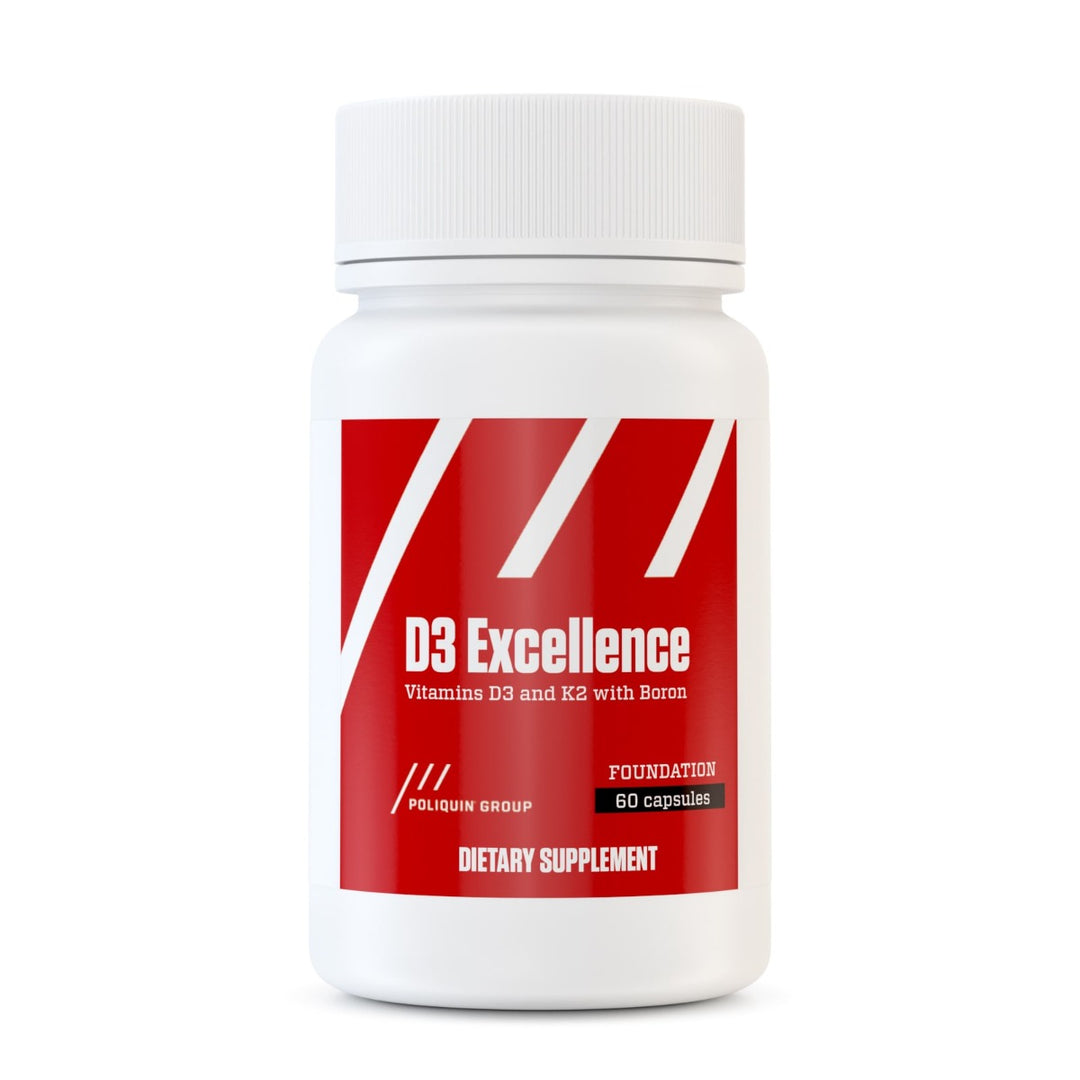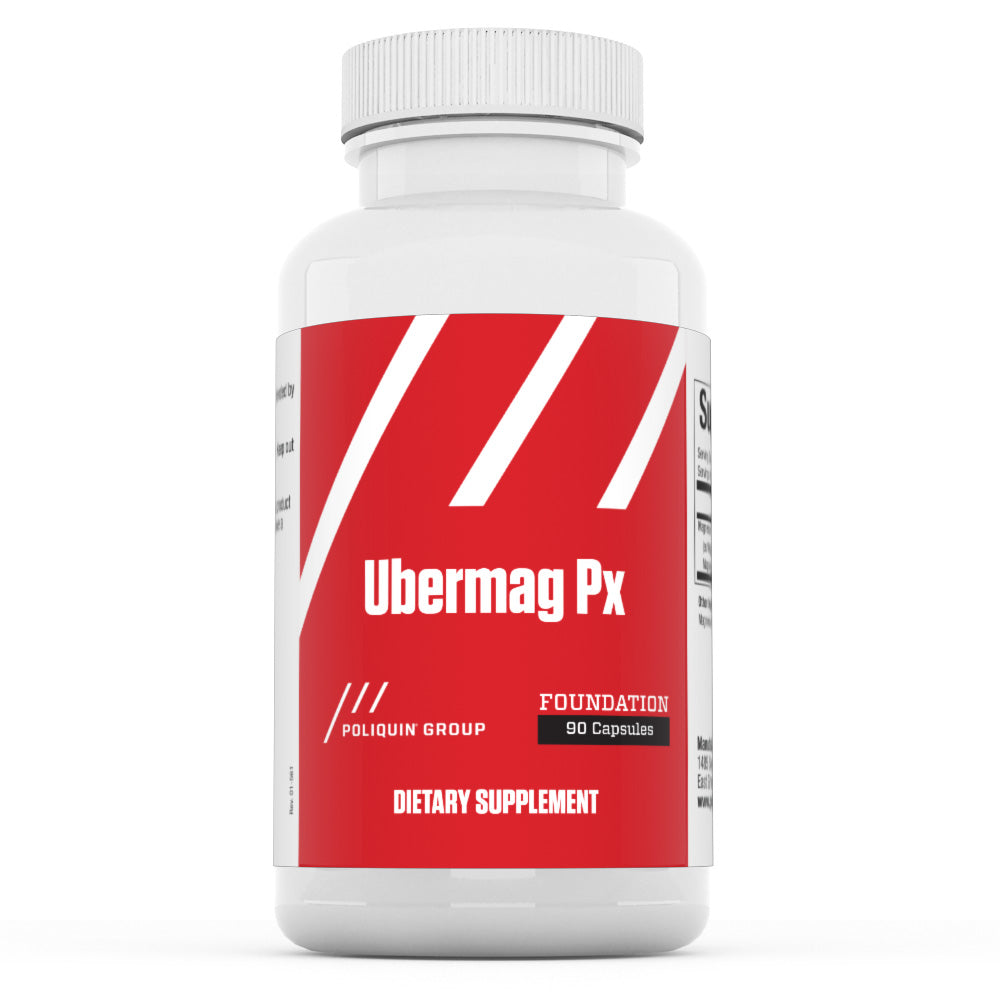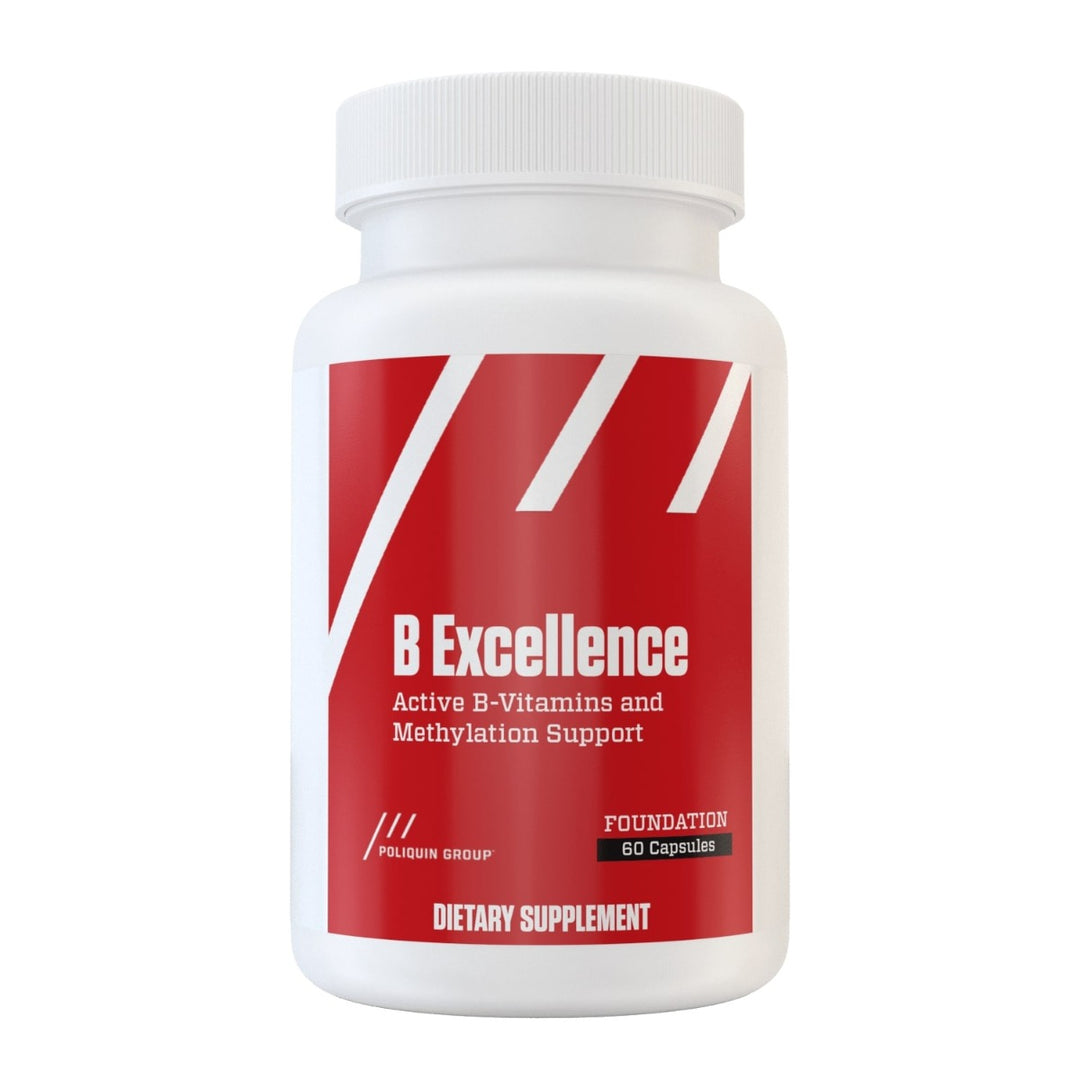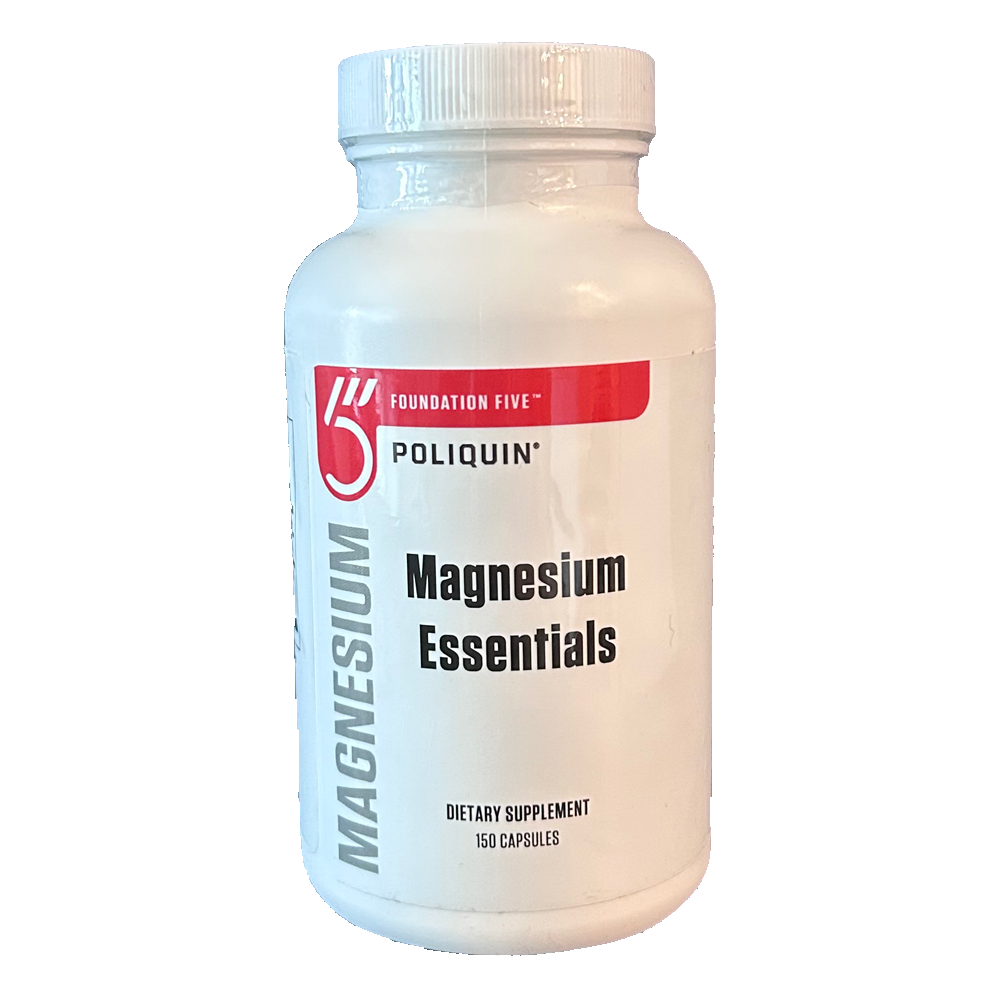Ten Steps to Optimize Your Fat Intake For Body Composition & Health
Everyone knows that fat is good for you. But that doesn’t mean that all forms of fat are equally healthy. By looking at human evolution, we can get a clue which fats to feast on and which to avoid.
Western diets are terribly deficient in omega-3 fatty acids, and have excessive amounts of omega-6 fatty acids compared with the diet on which our genetic patterns were established. Human beings evolved on a diet with an equal ratio of omega-6 and omega-3 fatty acids. Today, Western diets typically have a ratio of 15:1 omega-6 to omega-3 fat.
This distorted ratio is one of the primary reasons for the increase in diseases such as cancer, inflammatory-related disorders, and cardiovascular disease. Research indicates that bringing the omega-6 and -3 ratio closer to 1:1 is an effective treatment for these diseases. Take note that omega-6s aren’t to be avoided as trans-fatty acids are. Rather, you need the appropriate ratio of omega-3s to -6s for optimal health.
Here are ten steps to optimize your fat intake for health and body composition:
#1: Abolish Hydrogenated Fats
Eliminate all foods that contain “partially hydrogenated fats.” These are trans-fatty acids. There are no safe levels of trans-fat. That is why the U.S. FDA is finally banning trans-fat from the food supply starting in 2018.
At equal caloric intake, people who eat the most trans-fat have more body fat because this type fat impairs insulin receptors, decreasing insulin sensitivity. They are associated with an increased diabetes risk, obesity, and mental problems. Trans-fat also interferes with the body’s ability to process omega-6 and -3 fatty acids, inhibiting their absorption.
#2: Eliminate Pro-Inflammatory Fat: Corn, Soy & Vegetable Oils.
Highly refined vegetable oils increased following the 1950s as a result of a shift away from the use of saturated fat. This well-intentioned approach backfired: A high intake of this type of fat is linked to inflammation, obesity, and poor health. These sources of fat are high in omega-6 fats and have contributed to the unhealthy ratio of omega-6 to omega-3 fat that typifies the average American’s diet.
#3: Eat Fatty Fish Regularly
Fatty fish such as salmon, herring, and mackerel are rich in the the omega-3 fatty acids EPA and DHA. A higher EPA and DHA intake is associated with less inflammation and will improve insulin signaling, boosting metabolic rate.
#4: Choose Grass-Fed Beef
Grass-fed cows consume a higher level of omega-3s from the chloroplasts of green leaves. This means the meat will be two to four times higher in good fatty acids than grain-fed cows, which have a high concentration of omega-6 fat. U.S. Wellness Meats is one place to find a wide range of grass-fed meats.
#5: Include Wild Meats When Possible
Wild animals are very lean with much higher omega-3 content because they feed on wild plants and prey versus domestic-grown animals, which are fed grains. This improves the fatty acid content of wild animals, while also helping you avoid antibiotics and growth hormones that are often administered to animals raised in factory farms. Try Miller’s Organic Farm for meat that is raised as close to wild as possible.
#6: Eat Locally Raised Eggs
You might think that eating omega-3 eggs is a good way to optimize your fat intake. In reality, omega-3 eggs, which come from hens fed a diet containing the omega-3 ALA, are an expensive way of getting omega-3s. There’s nothing bad about ALA, but if you eat plenty of green vegetables and seeds, you probably get enough. Buying your eggs from a local farmer that has free-range chickens is probably a healthier, more affordable bet. You can find such a farmer at Local Harvest.
#7: Use Coconut Oil
Tropical oils such as coconut and red palm oil are packed with nutrients and provide medium chain triglycerides (MCTs)—a type of fat that raise energy expenditure and don’t enter the cholesterol cycle. Instead, MCTs are metabolized by the liver for quick energy.
#8: Eat Green Vegetables Daily
Be sure to eat lots of green leafy vegetables, such as kale, chard, bok choy, etc., because these foods will provide antioxidants to help eradicate inflammation and protect cells from the effects of fat that has been oxidized or damaged.
#9: Eat Beans: Great Northern, Garbanzo & Black Beans
Beans provide insoluble fiber that get broken down into short chain fatty acids such as butyric and propionic acid, which can improve the health of your digestive tract. They also contain a large quantity of alpha-lipoic, which is a protective component of omega-3s.
#10: Include Nuts & Seeds In Your Diet
Both nuts (walnuts & almonds) and seeds (flax and sesame) are a great source of omega-3 fat. Soak nuts and seeds overnight to soften them so they are digestible, and then add them to post-workout shakes or Greek yogurt. Make sure to buy small quantities at a time and keep them in the fridge in a vacuum re-sealable container to prevent them from becoming rancid.











